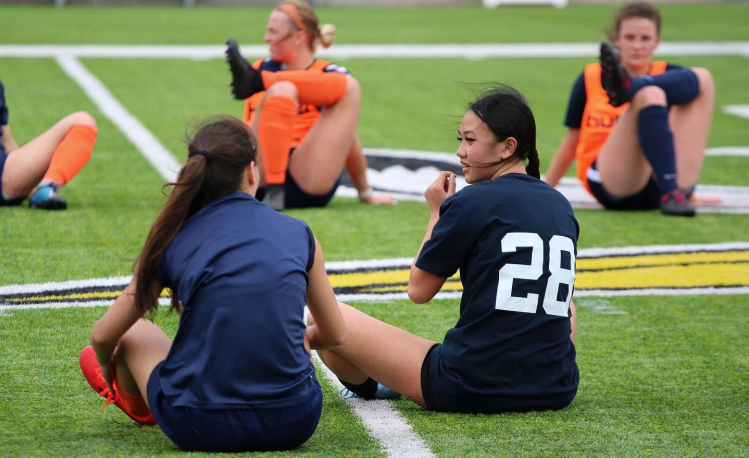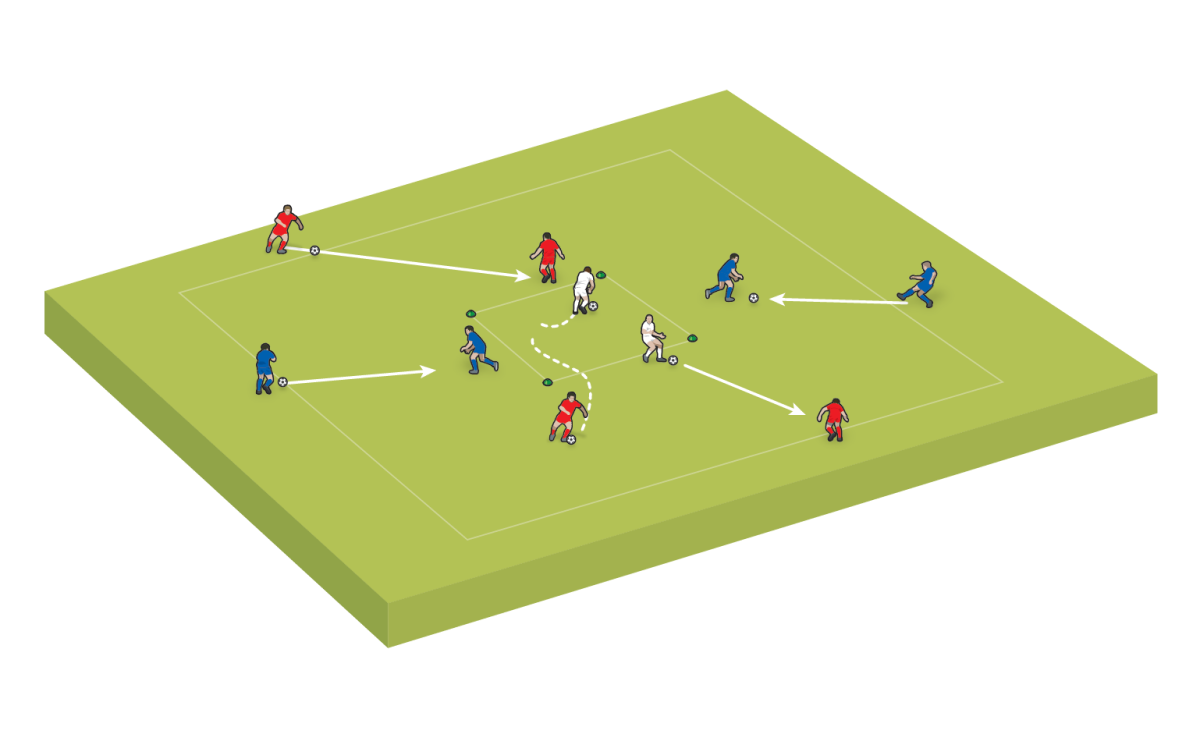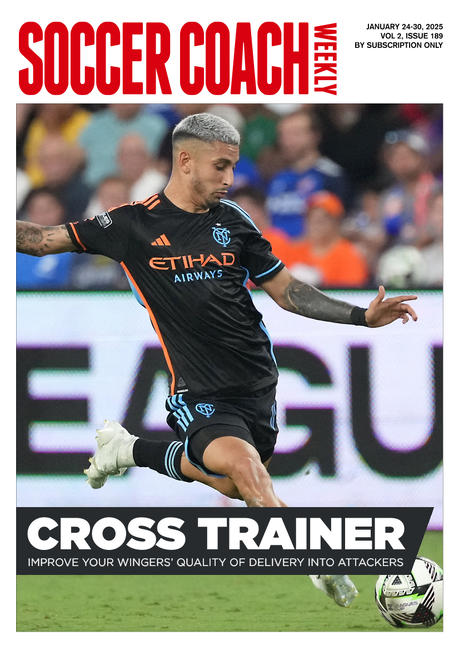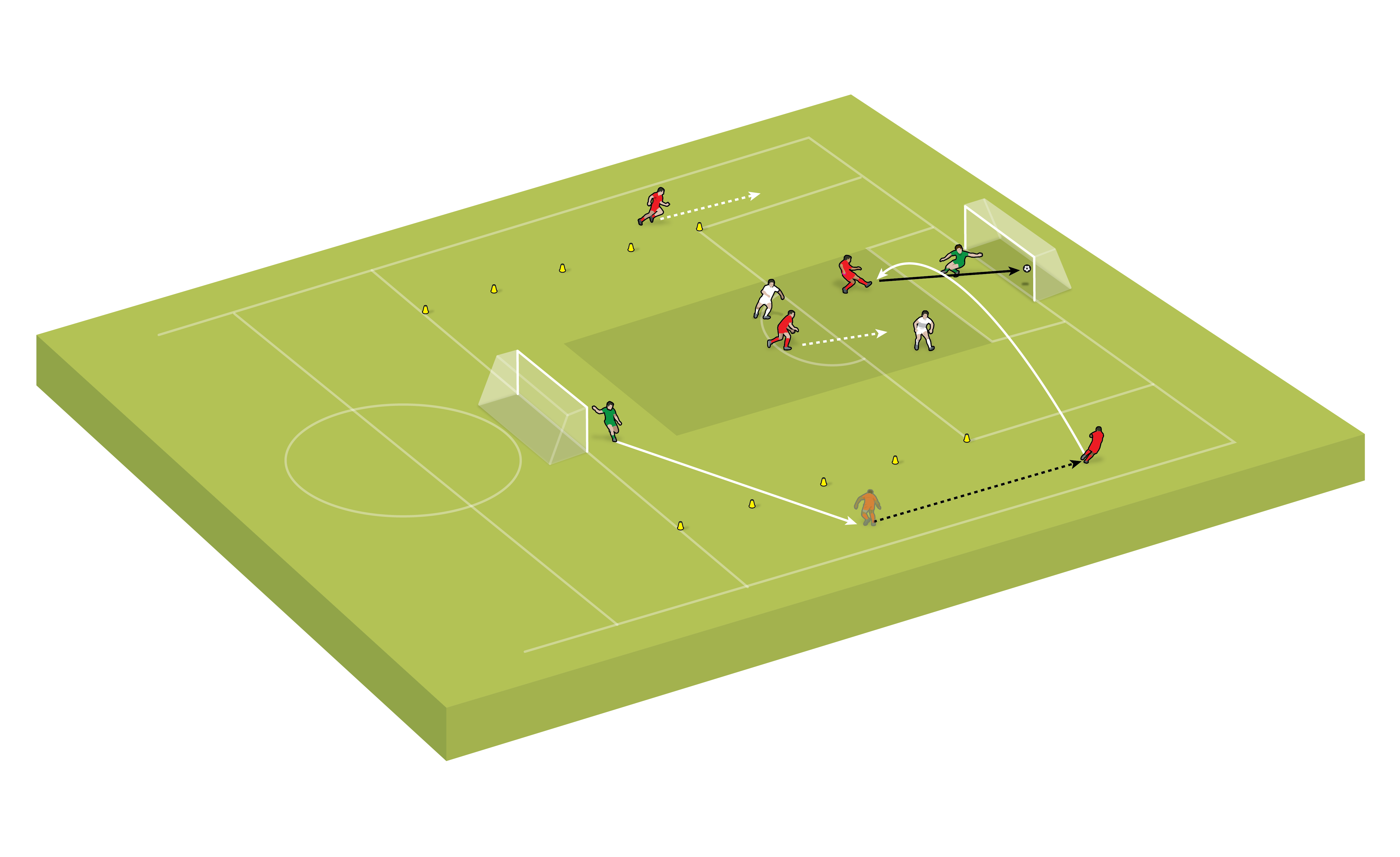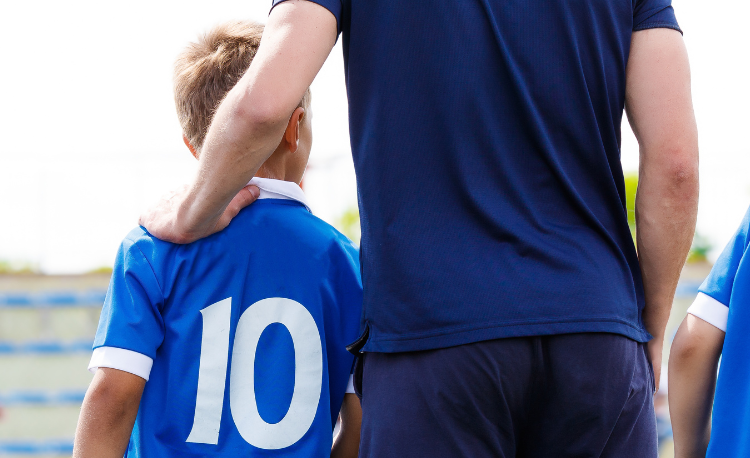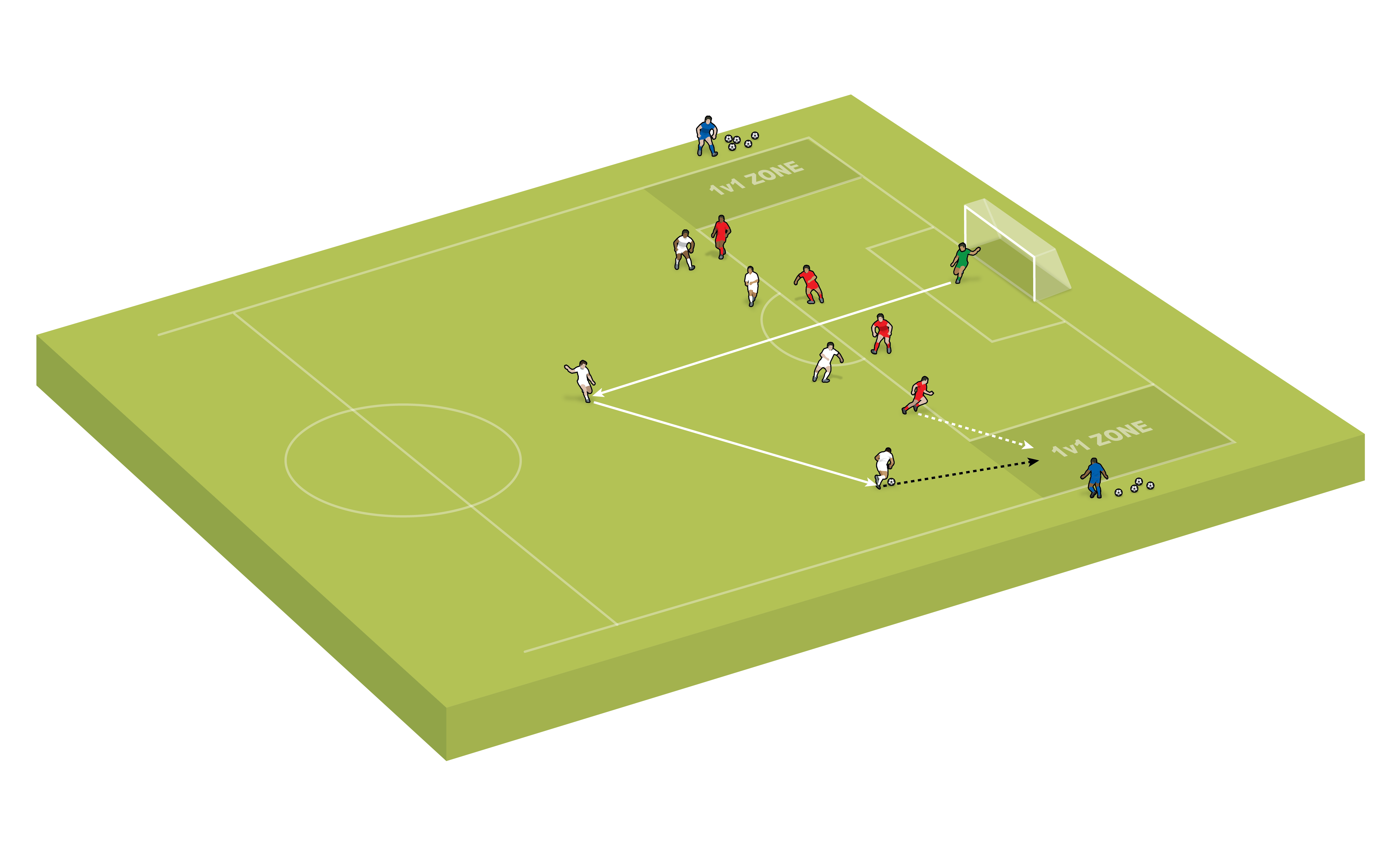Help players to get to know each other
Steph Fairbairn provides her tips for integration and building relationships.
No matter the age or developmental stage of your players, if a team is to perform effectively and, more importantly, have fun, then respectful relationships must be the foundation.
Whether you are working with a new squad, made up of players that don’t know each other at all, or you are welcoming one or two new faces into an existing group, there are some approaches you can use to help players get to know each other.
Don’t force it
We have all sat in meetings, or attended events, where we have been forced to do icebreakers.
You know the sort of thing – "Tell us your name, role and why you’re here", "Share a fun fact about yourself" or "Tell us two truths and a lie". I’m not sure about you, but even the thought of preparing answers to any of those questions fills me with dread.
For young players in particular, who are learning, developing and finding out who they are, the idea of being put on the spot to say even their name can seem mortifying.
So, don’t force it! Rather, think about...
Building opportunities to get to know each other into practices and activities
There are numerous elements you can add to practices to allow players to get to know each other a bit more.
I have a couple of go-to warm-ups or arrival activities I like to use for this purpose.
The first (illustrated below) is a simple passing, receiving and moving activity, with a small square inside a bigger square.
One player starts on each of the sides of the bigger square. The other players, in the middle, have a ball each. They must pass the ball to someone on the outside, then go and receive it from a different outside player, before dribbling the ball through the middle square and doing the same again.
The added social challenge is that, when players exchange balls, they must also exchange names, or another thought or fact, as suggested by the coach.
These can be as basic or as silly as you want – from a player’s favourite food or school subject to favourite noise. You can mix these up as the session goes on, while also mixing up the soccer challenges.
For example, rather than passing the ball to an outside player and going to get another one, the inside player may pass and then swap positions with the outside player.
The second is a movement activity, with players moving around an area in ways directed by the coach – for example, jogging, knees up or heel flicks.
Then, at various points, ask players to find another player, jump up and high five them, and say something – their name, or favourite food or school subject again.
At the end, ask if anyone wants to share the most interesting thing they learned about someone during the activity.
I find that, if the social aspect is integrated within the movement aspect, it means players aren’t too focused on either one, and are therefore more free to participate.
That being said, they shouldn’t be obligated to take part in the social element should they not want to.
Related Files
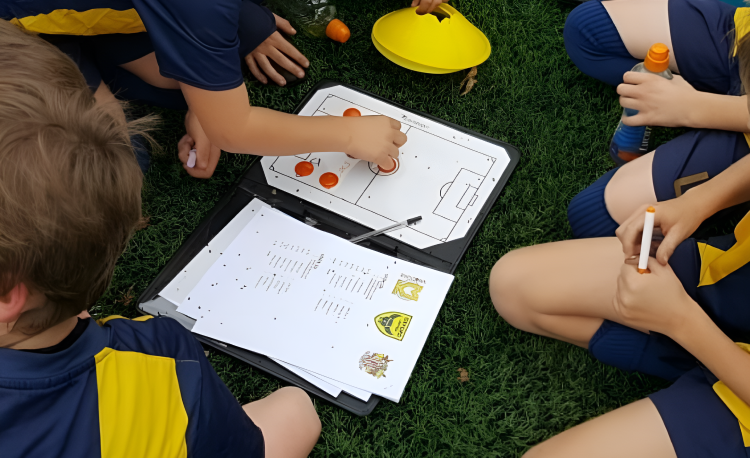
Allow for player leadership
This works particularly well in games-based activities or small-sided games.
Can you, for example, ask the players to sort out their team or formation using a whiteboard and pen? In order to do so, they will have to talk to each other, exchange names and, dependent on age, discuss preferred playing positions.
Louder, more confident voices may take over, while some of the quieter, shier players may shrink to the back, so be aware that some intervention from you may be required.
You can also incorporate things like tactical discussions, or team talks, during games or activities. These can be manipulated to get certain players together – different units, or different sides of the pitch, for example.
"Louder voices may take over, so some intervention from you may be required..."
Switch up partners and groups
Often, you will find that players will gravitate to certain others whenever you ask them to get into partners or groups.
Don’t be afraid to be more directive with this by choosing the partners or groups yourself.
This can be arranged so that players work with, and get to know, others they may not have formed a bond with yet.
The other option is to incorporate activities that don’t require partners or groups.
Build in casual chat time
Allow time for players to just be – whether that’s kicking a ball around or catching up.
This is easily built in over the course of a session – at the start, the end, during water breaks, or even during moments when you are setting up the next activity.
Don’t shut down moments of connection
As coaches, we often spend our time asking players to be quiet or "listen up".
Often, this is the right thing to do – when we are explaining a practice or an idea, we want the group to be listening and watching so that they understand.
It is important, though, that we don’t jump in too quickly.
I know I have been guilty of telling players off for talking when one was asking the other to tie their shoelace, or was explaining a part of the practice the other didn’t quite understand. Both are examples of moments of bonding that I could have let run.
Let them get to know you
As with everything we do as coaches, it starts with us. We set the tone.
We can’t really expect players to get to know each other and be themselves if we aren’t doing it. So, don’t be afraid to be yourself and open up about things, whether that’s your favourite food or your other interests.
Newsletter Sign Up
Coaches Testimonials

Gerald Kearney, Downtown Las Vegas Soccer Club

Paul Butler, Florida, USA

Rick Shields, Springboro, USA

Tony Green, Pierrefonds Titans, Quebec, Canada
Subscribe Today
Discover the simple way to become a more effective, more successful soccer coach
In a recent survey 89% of subscribers said Soccer Coach Weekly makes them more confident, 91% said Soccer Coach Weekly makes them a more effective coach and 93% said Soccer Coach Weekly makes them more inspired.
*includes 3 coaching manuals
Get Weekly Inspiration
All the latest techniques and approaches
Soccer Coach Weekly offers proven and easy to use soccer drills, coaching sessions, practice plans, small-sided games, warm-ups, training tips and advice.
We've been at the cutting edge of soccer coaching since we launched in 2007, creating resources for the grassroots youth coach, following best practice from around the world and insights from the professional game.
